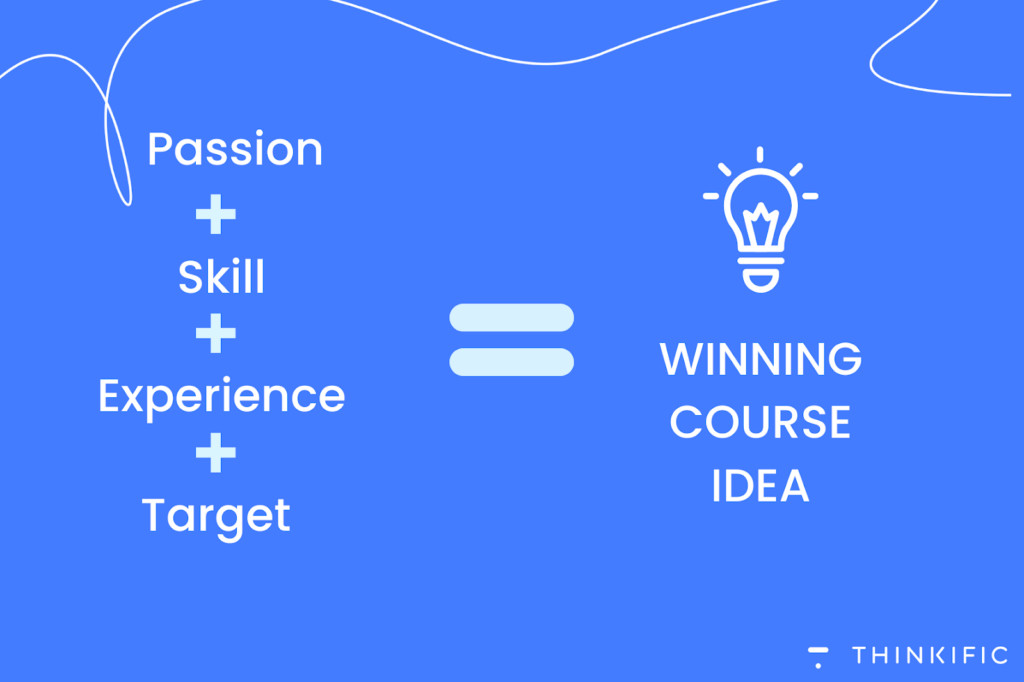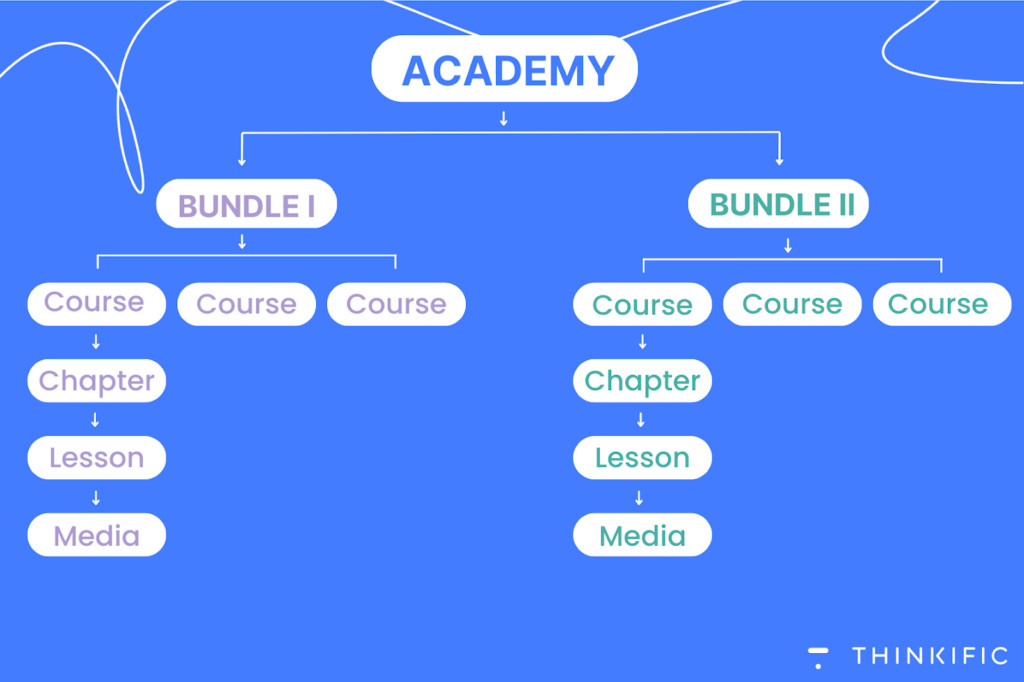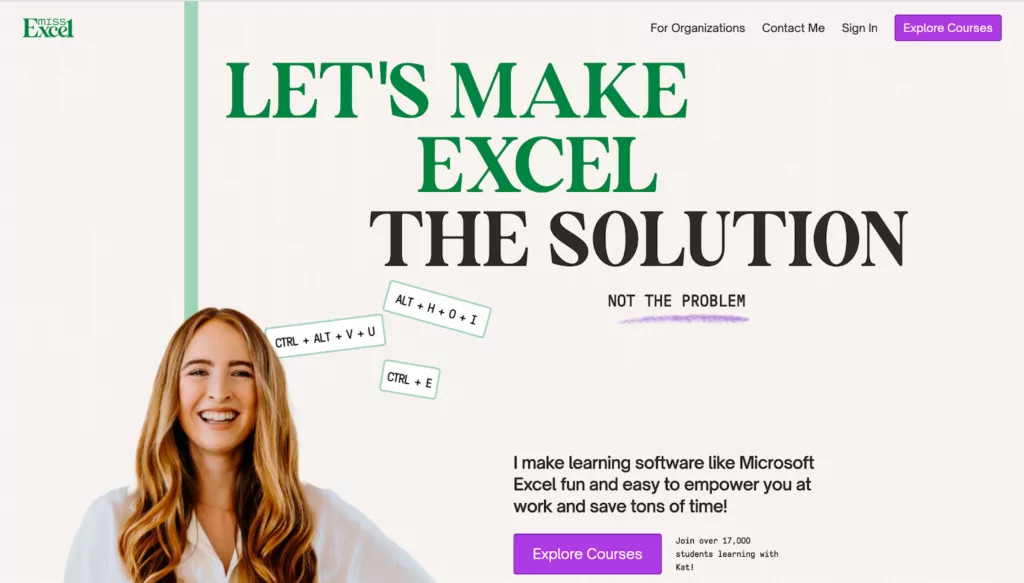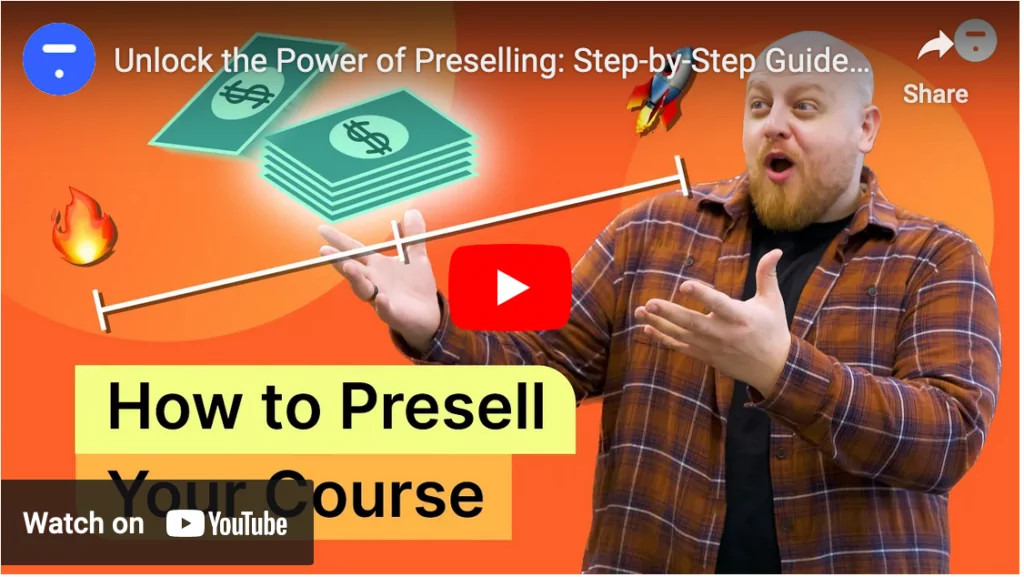Starting an online course can be a fantastic way to share your expertise and generate income. At gmonline.net, we’re here to guide you through each step of the process, providing you with valuable insights and resources to create a successful and engaging learning experience for your audience. Let’s dive into how to create compelling content and foster a vibrant online learning environment.
1. Choose Your Online Course Topic
Selecting the right topic is crucial for a successful online course. It should align with your passions, skills, experience, and the needs of your target audience.
Passion
Your online course topic should be something you genuinely enjoy. This enthusiasm will translate into your content, making it more engaging and authentic for your audience. A lack of passion can lead to a dull and uninspiring course.
Skills
You need to possess the specific skills necessary to teach others about your chosen topic effectively. This could be related to your profession, hobbies, or any skill you’ve mastered. Sharing your expertise can help others overcome challenges and establish you as a leader in your field.
Experience
Your unique experiences shape your perspective and can help you create a successful online course. These experiences can include work, education, hobbies, volunteering, workshops, and personal life events. Drawing on these experiences will provide a unique angle that sets your course apart.
Target Audience
Identifying your target audience is essential for creating a course that people will want to buy. Consider who your course will help, their demographics, values, interests, challenges, and frustrations. Tailoring your content, delivery methods, marketing, and sales strategy to your audience will greatly enhance your course’s success.
 Brainstorming perfect course topic
Brainstorming perfect course topic
2. Validate Your Online Course Idea
Before investing significant time and effort, it’s essential to validate your course idea by conducting thorough market research. This will help you determine if there’s sufficient demand and understand who else is offering similar courses.
Questions People Are Asking
Research what questions people are asking about your topic online. Look at forums, social media groups, and Q&A sites like Quora. Understanding their concerns and interests will help you tailor your course content to address their specific needs.
Search Trends and Volume
Use tools like Google Trends, Semrush, or Ahrefs to check the search volume for keywords related to your topic. This will give you an idea of how many people are searching for information on your subject matter. A high search volume indicates strong interest.
Competitor Analysis
Identify your main competitors and analyze their courses. Look for gaps in the market, such as underserved audiences, uncovered topics, or different formats you could offer. Creating something new and fresh will help you stand out.
Willingness to Pay
Determine if people are willing to pay for a course on your topic. You can engage with your audience through surveys, quizzes, or 1:1 interviews to gather insights. Consider creating a free mini-course to gauge interest or pre-selling your course to validate demand before fully developing it.
3. Define Learning Outcomes for Your Online Course
Clearly define the learning outcomes for your course to communicate what your learners will gain. These outcomes will help in marketing your course and ensuring that the right people enroll.
What Learners Will Be Able to Do
Describe the specific skills learners will acquire by the end of your course. For example, they might be able to “formulate 3 profitable packages for your online course business.”
What Learners Will Know
Outline the knowledge learners will gain. For example, “understand sewing machine basics” or “learn how to source ingredients for baking.”
How Learners Will Feel
Address the emotions and attitudes learners will experience. Will they feel more confident, empowered, or skilled?
 Free lesson plan templates
Free lesson plan templates
4. Structure Your Online Course Content
Organize and structure your course content logically to facilitate effective learning. Break down complex topics into smaller, manageable sub-topics.
Instructional Design Storyboard
Use an instructional design storyboard to plan your course content. This tool helps keep your training focused and ensures you cover the most important points.
Course Outline
Create a course outline to serve as a roadmap for bringing learners from point A to point B. This will help you deliver content in a structured and ordered way.
Individual Lesson Plans
Develop lesson plans for each lesson in your course. Determine the goal of each lesson by answering questions such as: What do students already know? What do they need to learn? What activities will help reinforce that knowledge?
Course Academy Structure
Consider how your course fits into a wider academy. Think about how you can bundle courses and create a cohesive brand throughout all your content.
 Planning online courses with an instructional design storyboard
Planning online courses with an instructional design storyboard
5. Design Engaging Online Course Content
Keep your audience’s learning needs in mind and deliver information in a way that makes your course interesting and easy to complete.
Blend Teaching Techniques
Use a variety of teaching techniques, such as videos, reading materials, activities, and audio content. Add visuals and create opportunities for social learning to keep your audience engaged.
Keep It Concise
The ideal length of your online course is the shortest amount of time it takes to get your students from point A to point B. Bite-sized learning can be just as impactful as lengthy courses.
Add Social Elements
Build an online community to facilitate connections between you and your customers. Learning communities open up a space for social learning, peer-to-peer support, and learner-to-educator interaction. Cohort-based learning can also enhance the social aspect.
 Example basic academy structure
Example basic academy structure
6. Produce Your Online Course Content
Start creating your online course by filming, recording, and editing your content. Here are some popular recording styles:
- Talking Heads: Feature your face and upper body in the frame as you talk to the camera.
- Screen Recording: Record your device’s screen to walk viewers through a process or explain a concept.
- Voiceovers: Narrate what’s happening on screen, often used for presentations.
Don’t worry about perfection at this stage. Getting your course out there allows you to collect feedback and refine your content based on customer input.
7. Choose Your Online Course Platform
Select a learning platform that fits your needs and can scale as you grow. Consider the marketing options, website building capabilities, email marketing features, and analytics. Thinkific is a great option, praised for its user-friendliness and comprehensive support.
8. Determine Your Online Course Pricing
Online course pricing can range from free to thousands of dollars. Consider your pricing structure, income goals, and how your course fits into your overall business. Don’t underprice your course, as it can hurt your bottom line, require the same marketing effort, and limit your ability to reinvest in growth.
There are many online course ideas to choose from!
9. Launch Your Online Course
Market and sell your course with an ongoing marketing strategy to keep converting followers into customers. Your marketing plan can make the difference between minimal sales and a thriving course business.
 Free excel course
Free excel course
Pre-sell
Start selling your course before you’ve even created it to gauge interest and avoid wasting time. Offer early bird specials to motivate early enrollment.
Create a Sales Page
Design a compelling sales page with a clear headline, opening story, bullet points, testimonials, credibility, pricing details, a call-to-action, and a satisfaction guarantee.
Use Webinars
Use webinars to earn your audience’s trust before asking them to act. Offer webinar attendees a discount or early bird offer to boost conversions.
Use Lead Magnets
Grow your email list by offering lead magnets such as free mini-courses, masterclasses, guides, templates, and workbooks.
 Pre-sell your course
Pre-sell your course
10. Build Your Online Community
Building an online community turns one-time customers into loyal, repeat customers and brand advocates. It fosters direct relationships with learners, allowing for engagement and feedback.
Foster Direct Relationships
Create a space for students to ask questions, share their learning experience, and provide feedback.
Extend Marketing Strategy
Use the community to build authority in your niche and generate more revenue.
Give More Than You Ask
Prioritize providing value to your community members.
By following these steps, you can create an online course that is genuinely helpful, valuable, and life-changing for your target audience. Visit gmonline.net for more tips and resources to help you succeed!
FAQ: How To Start An Online Course
1. What are the key steps to starting an online course?
The key steps include choosing a topic, validating your idea, defining learning outcomes, structuring content, designing engaging content, producing content, choosing a platform, determining pricing, launching, and building a community.
2. How do I choose the right topic for my online course?
Select a topic you’re passionate about, skilled in, have experience with, and that fulfills a need for your target audience.
3. Why is market research important before creating an online course?
Market research validates demand, identifies competitors, and ensures people are willing to pay for your course, saving you time and resources.
4. What are learning outcomes and why are they important?
Learning outcomes define what students will know, do, and feel after completing your course. They help in marketing and ensure the right people enroll.
5. How should I structure my online course content?
Break down complex topics into smaller sub-topics, use instructional design storyboards, create a course outline, and plan individual lessons.
6. What makes online course content engaging?
Use a variety of teaching techniques, keep content concise, add social elements like communities, and ensure accessibility for all learners.
7. What are the best recording styles for online courses?
Popular recording styles include talking heads, screen recordings, and voiceovers.
8. How do I choose the right platform for hosting my online course?
Consider marketing options, website building capabilities, email marketing features, and analytics. Look for user-friendliness and scalability.
9. What factors should I consider when pricing my online course?
Consider your pricing structure, income goals, and how your course fits into your overall business. Don’t underprice your expertise.
10. How can I market my online course effectively?
Use pre-selling, create a compelling sales page, use webinars, and offer lead magnets to grow your email list and attract potential students.

